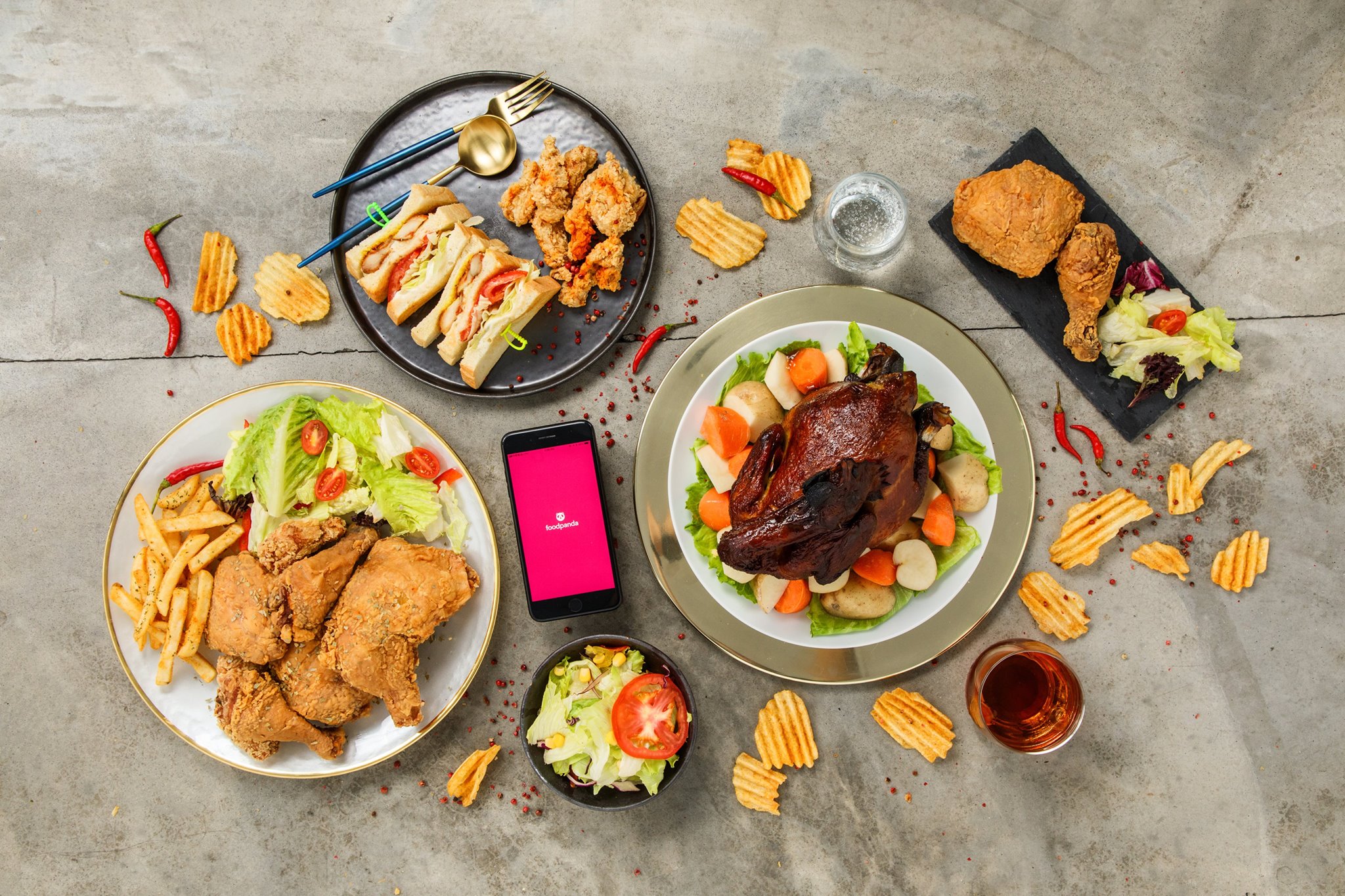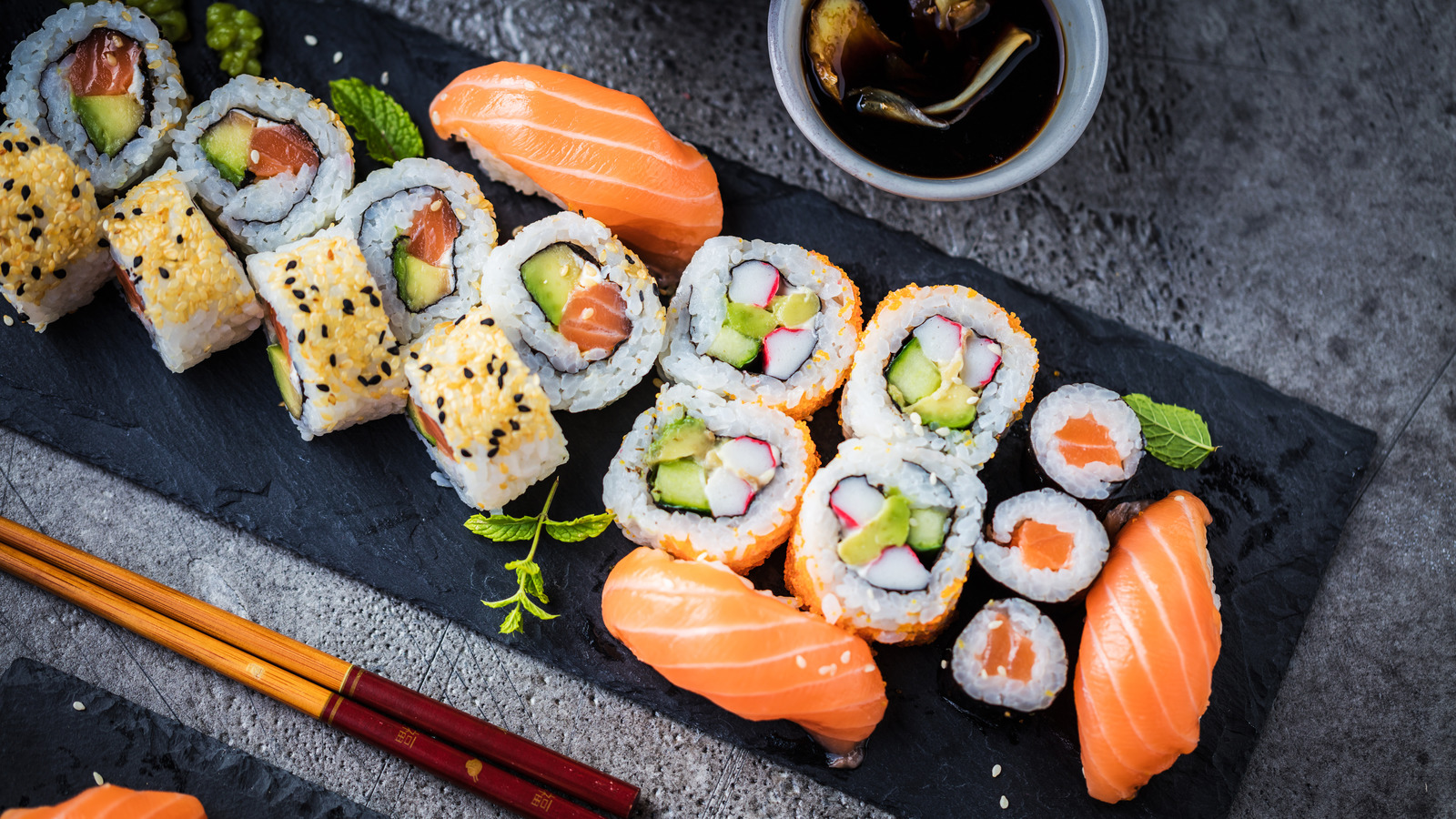To sum up, based on the result of the interviews that have
been conducted in all the usability testing videos, it could be claimed that
our prototype has successfully fulfilled its main objectives. The three tasks
that have been assigned to the users have been implemented without any serious
issue or doubt. Since no user requests to terminate the implementation of the
three tasks, it shows that each of the tasks is clearly comprehensible and accessible
by them. By allowing users to express their feelings and opinion regarding our
prototype, we manage to collect meaningful feedbacks from them. These
feedbacks help us to gain more insights regarding the usability design that we
have applied within our prototype. Certainly, we also could not deny the fact
that the users have made some minor mistakes while implementing the particular
task when testing our prototype. Therefore, we analyse the feedback to propose a couple of improvements to the prototype in order to further promote usability. In short, the entire event of testing could be considered successful
as we manage to achieve the aim of having this testing – to find out the
potential flaw of the prototype and design a solution for the problem.
|
Usability Heuristics |
Problem |
Solution |
|
H8 - Aesthetic and Minimalist Design |
The interface design is
not coherent and consistent SEVERITY RATING:
2 |
The interfaces should be designed based on a
similar design theme. The consistent design theme could improve the users’
impression of the system as it implies the professionalism and prime quality of
the designers. The consistent design allow improve the users’ familiarity with
the system so the users could quickly learn how to use the new modules in the
future |
|
H2 - Match between System and the Real World |
Only English language
is supported
SEVERITY RATING:
3 |
The system should
incorporate other languages such as Bahasa Melayu which is highly prominent in
Malaysia. Language localization is one of the vital components in usability because
it facilitate the usage of system by the users in one specific region whose
native language is not English. Language localization in the system could
reduce the cost of learning for new users, which in turn increases the
chances of attracting more new users. |
|
H6 - Recognition Rather Than Recall |
The nutrition value could only be viewed at a specific interface. Users
before have to memorize the nutrition value before navigating to the
nutrition calculator to calculate the total nutrition value. SEVERITY RATING:
3 |
The
nutrition list should be made accessible at the interface of the nutrition
calculator. The nutrition value of the particular food should also be
displayed when holding onto the food profile. These approaches would allow
users to view the nutrition value more freely and do not need to memorize the
numbers.
|
|
H1 - Visibility of System Status |
Text size in the
Nutrition chart is very small. SEVERITY RATING: 3 |
Increase the text size
of the numbers in the nutrition chart. |











































